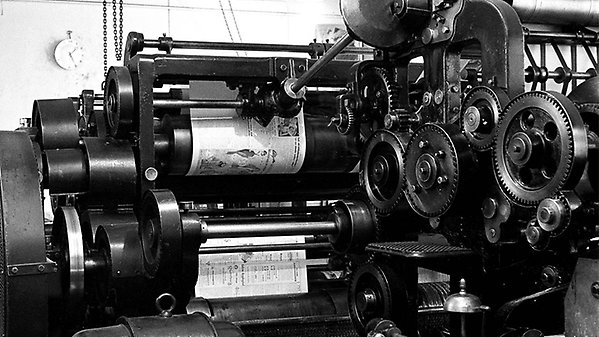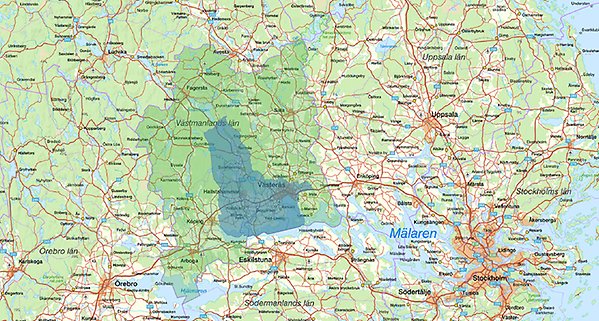Västmanland county 1720–1880

The most important results of the subproject on women's and men's work in the county of Västmanland, Sweden, 1720–1880 can be summarized in the following way:
- Across the period 1720 to 1880, there was considerable continuity in terms of what work activities women and men engaged in. Both genders were observed in practically all forms of work. Moreover, there was no dramatic change compared with the period 1550 to 1799. Many households, both wealthy and less so, continued to rely on multiple sources of income. To the extent that the latter declined in importance, this was a sign not of specialisation, but of a lack of resources.
- As in early modern society, marital status and household position continued to be important for what women and men did to support themselves. Repertoires of work practices looked different depending on whether a person was married or not. Towards the end of the period, however, the comparative advantage of being married was less obvious, as unmarried women and men gained access to rights to engage in trade. While such legal changes no doubt mattered, the main reason for the developments observed was increasing social differentiation in society, meaning that marriage did not always bring sufficient resources to a newly established household.
- Across the period 1720 to 1880, the authority of adult women in society remained based in their work directly for the household and the local community, while adult men’s authority had a broader and expanding basis. There were, however, clear signs of female authority being less in demand in the later parts of the period studied. This was also reflected in the word used for a married woman (hustru).
- Across the period 1720 to 1880, women continued to be active outside the home, but men were increasingly active further away from home. Women did more domestic work (as conventionally defined) than men, but such work probably constituted a small share of their total workload. Domestic work was not always unremunerated and could be an important source of income.
- Husbands and wives continued to be dependent on each other for survival, and various manifestations of the two-supporter model could be seen at least until 1880. Since many households in the area studied had access to some land and to multiple sources of income, for instance in trade, it is unlikely that married women were supported by their husbands, or vice versa for that matter.
- Large-scale workplaces were dependent on remunerated work by their employees, but they also relied on unremunerated work activities and other forms of tacit support from workers’ families. The highly visible work of men was predicated on the less visible work of women and children.
- Across the period 1720 to 1880, gender became an increasingly decisive factor for what forms of work people engaged in. For women at least, their gender became more decisive than their marital status. The main reason behind these developments was probably the increasing impact of the power of employers to control the work of others. There had long existed clear gender differences between the work carried out by male and female servants, simply because they did what they were told to do. With the gradual expansion of wage labour, more people found themselves in positions where they were told what to do.

You can soon read more on the results of this subproject in the forthcoming book "Gender, Work, and the Transition to Modernity in Northwestern Europe 1720–1880", Oxford University Press (2024/2025).

